Top Night Sky & Astronomy Events in August 2022
1. Introduction
Welcome to August, another exciting month for the astronomy community thanks to a third consecutive Full Super Moon, meteor shower, and some excellent opportunities for planetary imaging and observing! To help prioritize your astronomical observing and imaging sessions, we’ve put together an overview of this month’s highlights to get you out with a telescope under clear skies and looking up at the cosmos. Gear recommendations and highlights from the astronomy community are included to give you a good idea of the tools needed (or not needed) to enjoy the night sky.
2. Solar System Events
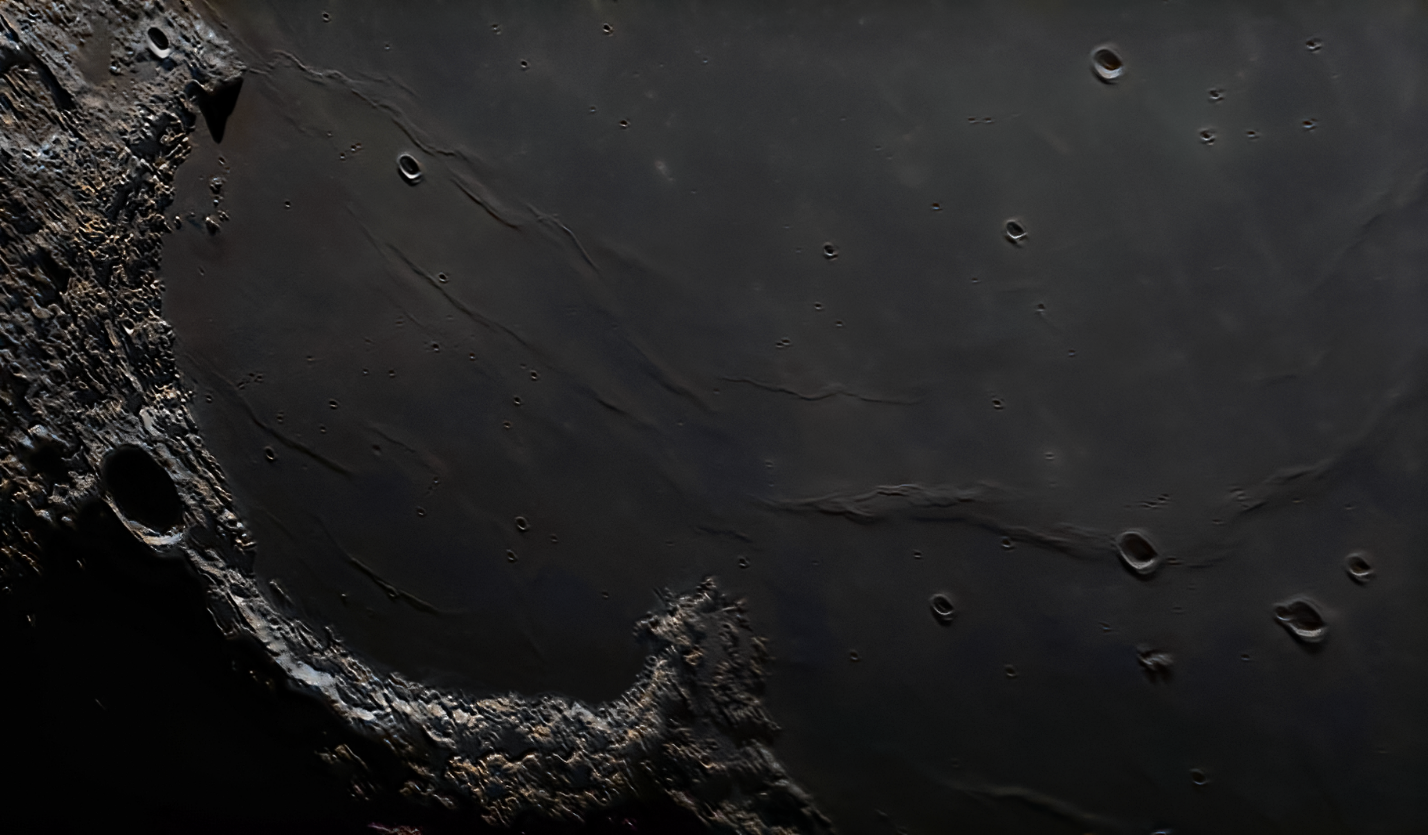
Figure 1 - Sinus Iridum, Jeffrey Horne
The first and last weeks of the month will be the ideal time for dark skies during the 1st Quarter and New Moon phases, with a Full Supermoon occurring on August 11th! This will be the 3rd consecutive Super Moon of the year, with the Moon appearing slightly larger and closer to us than normal as it makes a relatively close approach in its orbital path. August also presents us with a showing of the Perseids Meteor Shower on August 12/13, though the bright Full Moon may cause some difficulty with observations. The best opportunity for viewing will be while the Moon is lower in the sky, a couple hours prior to sunrise, to ensure the darkest skies possible. Turn your eyes toward the constellation Perseus for this no-gear-required event!
Moon Phases
- 1st Quarter: August 4th
- Full moon: August 11th (Super Moon)
- Last Quarter: August 18th
- New Moon: August 26th
Other Events
- August 13: Perseids Meteor Shower expected peak
- August 14: Saturn at opposition
- August 27: Mercury at greatest eastern elongation from the Sun
3. Planetary Observing and Imaging
Throughout August, our closest planetary neighbors will continue to move into opportune locations in the night sky to maximize your chances for capturing these giants. Shortly after sunset, Saturn will begin to rise in the southeast, followed closely by Jupiter and Mars. Whether you are using a beginner telescope such as a simple dobsonian reflector, or an advanced astrophotography setup, August will provide plenty of opportunity to witness the 3 most commonly sought-after planets. For dedicated astrophotographers, we highly recommend taking this opportunity to replace your astronomy camera with an eyepiece, at least for a few hours, to renew that sense of excitement we all experience when first laying our eyes on distant worlds.
Saturn
Saturn will rise first in August’s planetary parade, though still quite low on the horizon until later in the evening. On August 14th, Saturn will be at its closest point in orbit to Earth, known as its opposition. This opposition is the perfect time to observe or image the ringed beauty using a high-powered eyepiece for a close-up view. A polarizing filter, such as the BST 2" Variable Transmission Polarizing Filter, may also help to alleviate some of the brightness that can often wash out planetary details
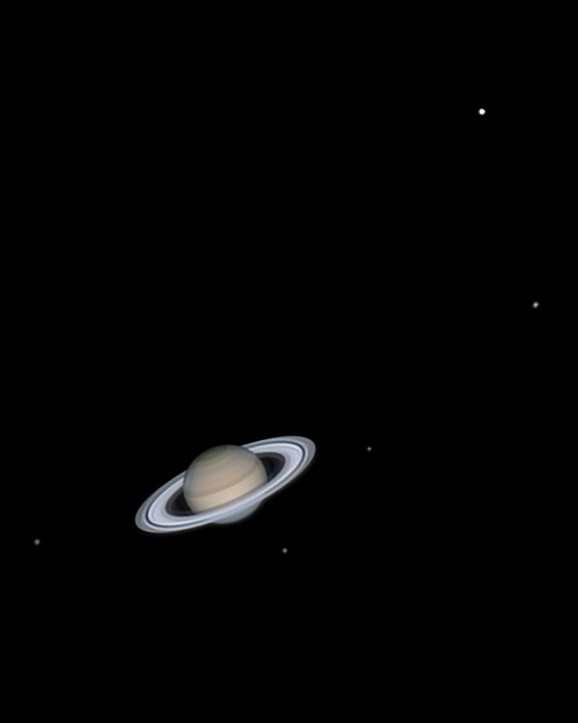
Figure 2 - Saturn at Opposition, Dan Borja
Jupiter
Following close behind Saturn, Jupiter and its many moons rise in the east. Use your favorite planetarium apps or other tools to plan your observing sessions around lunar transits for a true observing treat. The image to the right shows Galilean moons Io (front) transiting and Ganymede (back) being occulted by their parent planet, with the Io’s shadow visible on the planet surface. Under good seeing conditions, the separate color bands, Great Red Spot, and other features become visible with even modest telescopes.

Figure 3 - Jupiter & Moons, Matt Smith
Mars
Though less impressive visually than Saturn and Jupiter, Mars is also visible in the August night sky, requiring a slightly larger aperture and better seeing conditions than the gas giants to capture highly detailed images. Using an atmospheric dispersion corrector, such as the ZWO Atmospheric Dispersion Corrector, can also help to reduce the impact of the thick atmosphere on planetary observing/imaging as these targets sit quite low on the horizon.
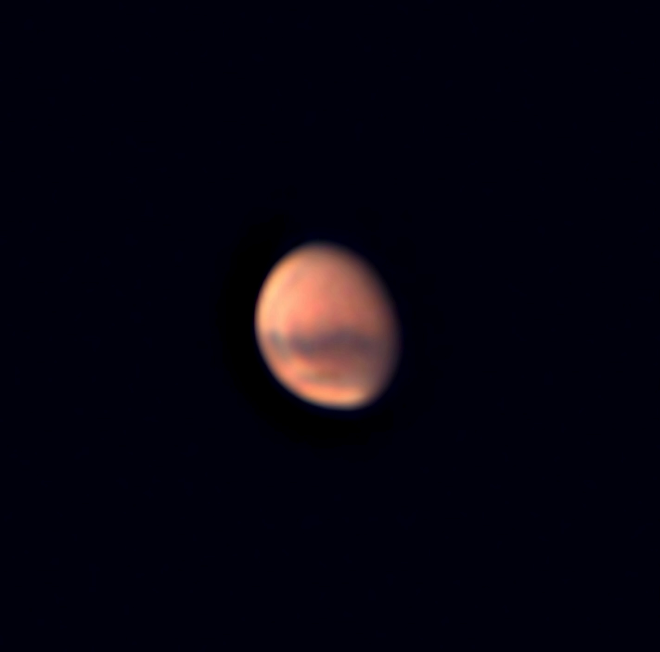
Figure 4 - Mars, Ivana Peranic
If you are hoping to observe these planets using an eyepiece for the first time, you may find it helpful to have at least two different eyepieces on hand: one lower powered and one higher powered. A low power eyepiece, such as the Agena 26mm Super-Wide-Angle Eyepiece, can make it easy to place these visually small targets into the telescopes field of view. Once you have centered the target, a higher power eyepiece, such as the Agena 10mm Super-Wide-Angle Eyepiece, will bring you a closer view and allow you to more carefully inspect the Cassini Division in Saturn’s rings, the Great Red Spot on Jupiter, or the dust storms and polar caps of Mars. To further enhance the contrast of different planetary features, you may also find benefit from the use of color/planetary filters. These filters pass only certain frequencies of light which can enhance the observer's ability to discern small details on some solar system objects. Check out Agena’s guide to these filters here for more in-depth info!
While visual planetary astronomy is incredibly rewarding, capturing highly detailed images of the planets is more possible now than ever before. Dedicated astronomy cameras with incredibly fast video capture frame rates make it possible to turn a few minutes of video into thousands of individual frames for stacking to create sharp lunar and planetary images. These cameras are available in color or monochrome models of different sizes and configurations to best suit your telescope. Check out the brand-new additions to the ZWO planetary camera lineup below or click here for our full listing of imaging cameras.

4. Deep Sky Objects (Nebulae, Galaxies, Clusters)
August continues the trend of abundant narrowband emission nebulae, though some very popular broadband targets are beginning to rise in the night sky as well. Here are some of our recommended deep sky targets for August:
Sh2-86
Some 6,000 lightyears away sits Sh2-86, a hydrogen emission nebula housing the open star clusters NGC 6820 and 6823, located in the constellation Vulpecula. This is an excellent target for telescopes with a focal length up to about 1000mm, with shorter focal lengths able to capture more of the surrounding nebulosity. Imaging this target with a combination of hydrogen filters and traditional LRGB as shown in Figure 5 helps to reveal both the deep red hydrogen and colorful starfield.
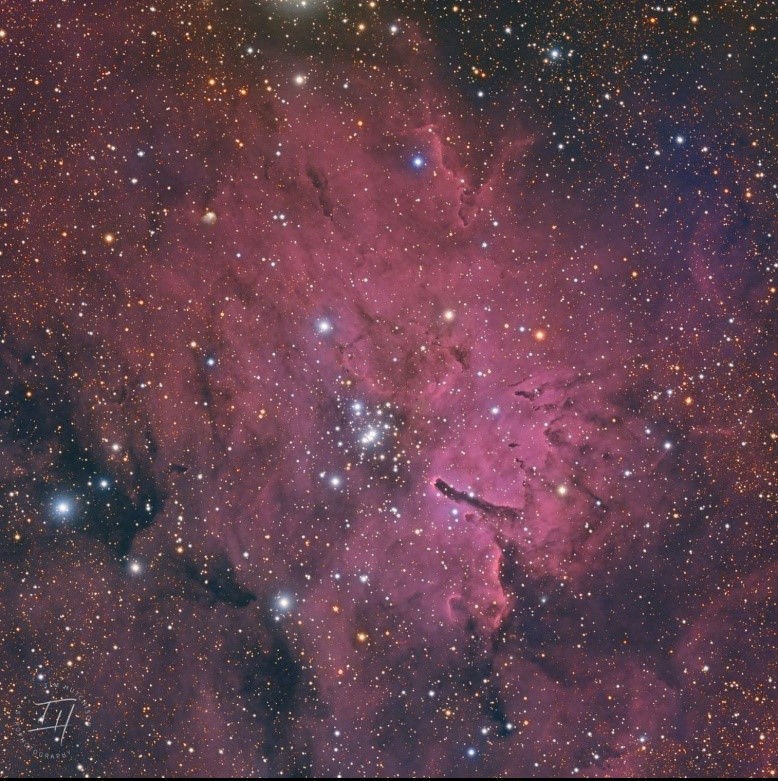
Figure 5 - Sh2-86, Timothy Hutchison
Andromeda Galaxy (Messier 31)
One of the most captivating and popular targets in the night sky is the one and only Andromeda Galaxy, officially known as Messier 31. M31 is visible to the naked eye when the Moon is dim, making it a must-see through a telescope eyepiece as well. Wide-field telescopes are necessary to capture the full size of the galaxy in one frame, considering M31 is roughly the size of 6 full moons as seen in our sky! Under heavy light pollution, broadband imaging filters such as the Optolong L-Pro or a Baader CMOS-Optimized UV/IR Cut Filter can help to improve the contrast in your images.
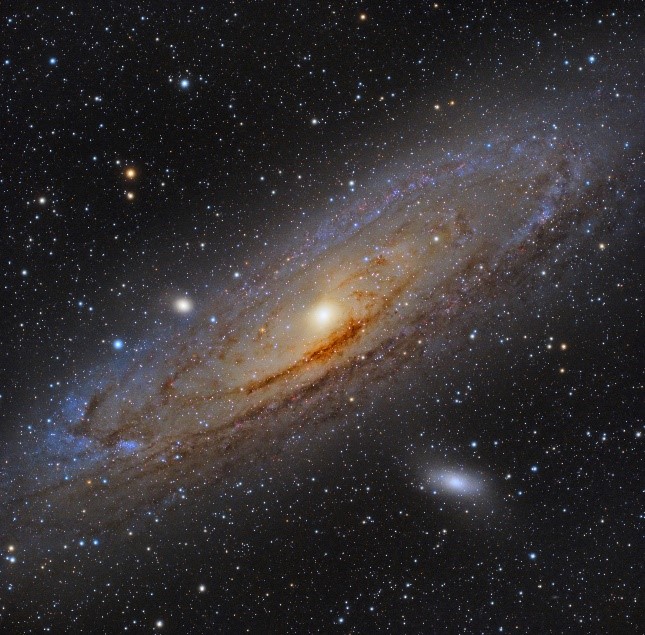
Figure 6 - Andromeda Galaxy, Nicholas Bradley
Bubble Nebula (NGC 7635) & Neighbors
Located in the constellation Cassiopeia, the Bubble Nebula is a tremendous emission nebula with a truly 3-D feel thanks to its spherical core. The star cluster M52 and Lobster Claw Nebula also sit nearby, framing nicely into the field of view of shorter focal length equipment as shown in figure 8, though a close-up of the Bubble with longer focal lengths can be truly remarkable! Narrowband imaging filters such as the ZWO 7nm SHO Imaging Filters or Optolong L-eNhance dual pass imaging filter can help to pull the most data out of this nebulous region.

Figure 7 - Bubble Nebula, Mikhaile Savary

Figure 8 - Bubble Nebula & Neighbors, Jared Holloway
Helix Nebula (NGC 7293)
Though a bit low on the horizon until later in the night, the Helix Nebula presents a great opportunity for imaging at any focal length (the image in figure 9 is cropped in from only 400mm focal length). Larger telescopes will be able to show finer details within the nebula and a clearer separation in the layers of hydrogen and oxygen, while shorter focal lengths will show a sharp contrast between the colorful nebulosity and otherwise dark surrounding space. As the brightest planetary nebula in the sky at magnitude 7.6, the Helix Nebula is also worth checking out through the eyepiece under dark skies!
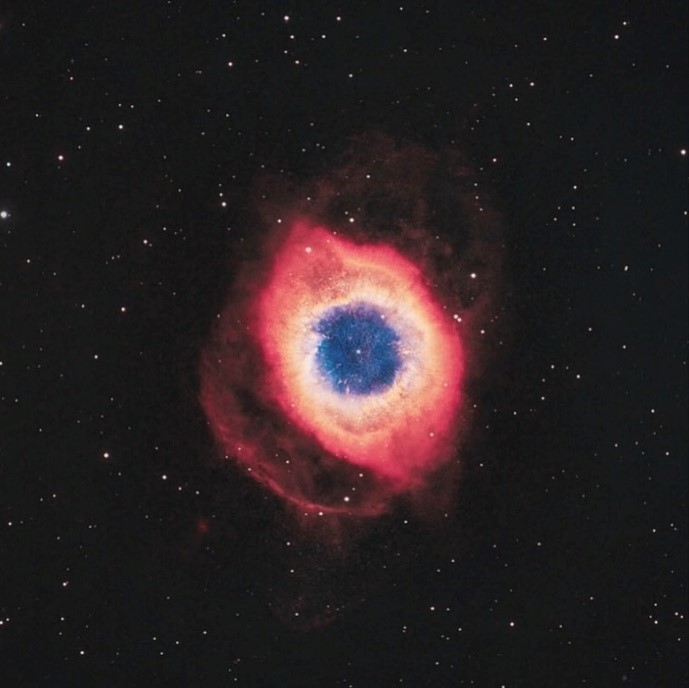
Figure 9 - Helix Nebula, Mikhaile Savary
5. Telescope Recommendations
Solar System Observing and Imaging

Figure 10 - Celestron NexStar Evolution Telescope
Celestron NexStar Evolution Schmidt-Cassegrain
The 6" Celestron NexStar Evolution Schmidt-Cassegrain telescope is a step up from the popular Celestron NexStar SE telescope lineup, offering a built-in battery with up to 10 hours of use per charge and wireless control. Manage your observing session from your phone or tablet thanks to NexStar Evolution's built-in wireless network and Celestron’s mobile app. This telescope will provide outstanding views of the solar system with 1500mm of focal length and can be modified with an equatorial wedge at a later time to capture long exposure images of deep sky objects as well. This telescope provides an excellent option for flexibility in future astronomy or astrophotography ventures.
Deep Sky Imaging
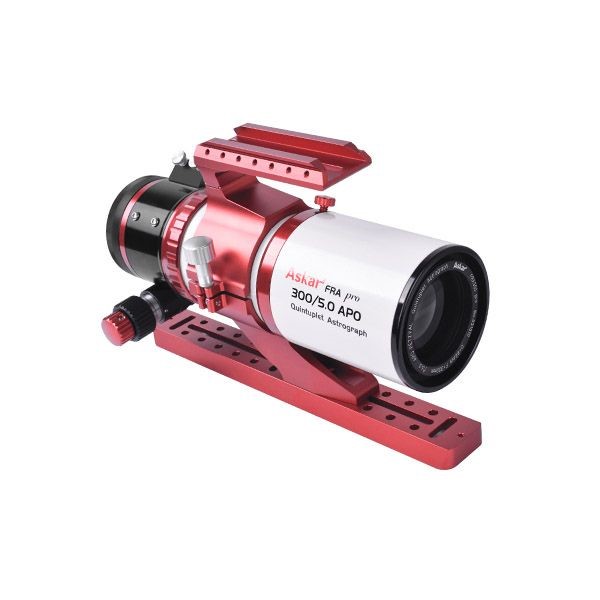
Figure 11 - Askar FRA300 Quintuplet Astrograph Telescope
Askar FRA300 60mm f/5 Quintuplet Astrograph
The new Askar FRA300 60mm f/5 Quintuplet Astrograph telescope is a stunning piece of gear suited perfectly for wide-field astrophotography thanks to its inherent flat-field. No additional field flattener or reducer is required as this scope will provide sharp views, even with a full-frame camera such as the ZWO ASI6200 Full Frame CMOS Cooled Astronomy Camera. Weighing less than 7lbs, a portable equatorial mount such as the iOptron CEM26 is well equipped to support the light payload of the Askar FRA300, even fully loaded with electronic filter wheels, astronomy cameras, guide cameras, etc.
*Follow us on Facebook and Instagram to stay up to date on the latest gear, sales, and news from Agena!*



